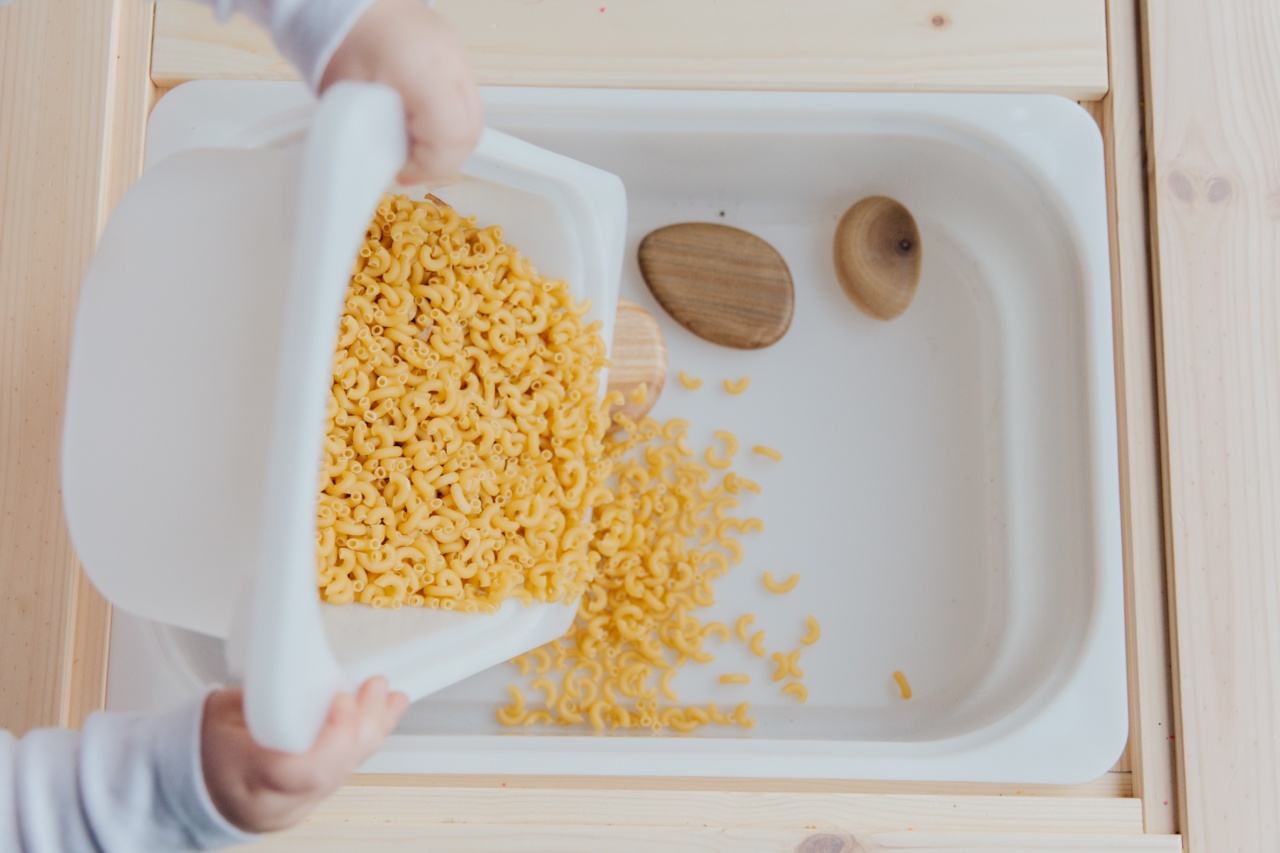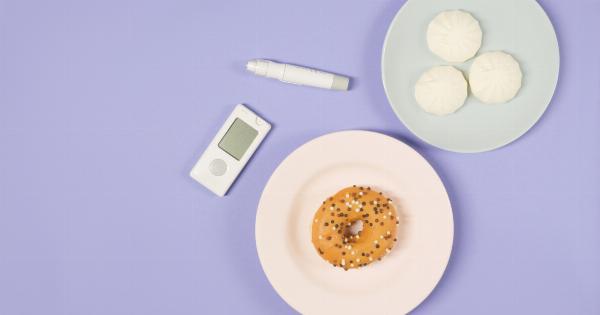As convenient as microwaves may be for heating up leftovers or quickly cooking certain dishes, not all foods are suited for this cooking method.
While microwaves offer a quick and efficient way to prepare meals, it is important to be mindful of what foods should never be put in a microwave due to safety concerns or adverse effects on taste and texture. Here are ten foods that you should never attempt to cook or reheat in a microwave:.
1. Eggs
Although it might be tempting to cook eggs in a microwave for a fast breakfast, it is best to avoid doing so. When eggs are heated in a microwave, steam can build up inside the egg, causing it to explode.
This can not only make a mess but also pose a risk of burns from the hot liquid. It is safer to cook eggs using traditional methods such as stovetop or oven cooking.
2. Chilies and Peppers
When chilies or peppers are heated in a microwave, the natural oils present in their seeds can become vaporized. These oils can then turn into a concentrated pepper spray, which can irritate your eyes and respiratory system.
To avoid discomfort and potential harm, it is best to cook or roast chilies and peppers using alternative methods such as grilling or roasting in a conventional oven.
3. Grapes
While grapes may seem harmless, they should never be placed in a microwave. Microwaving grapes can cause them to spark and potentially even catch fire.
This phenomenon occurs because the grapes act as an antenna, concentrating the microwave’s energy and creating a plasma effect. To enjoy grapes warmed or cooked, use methods like baking or simmering them on a stovetop.
4. Frozen Meat
Although microwaving is a popular way to thaw frozen food quickly, it is essential to avoid microwaving large chunks of frozen meat. Microwaves may not be able to heat the meat evenly, resulting in uneven thawing and potential bacterial growth.
It is advisable to thaw frozen meat in the refrigerator or by using the defrost function on a microwave before properly cooking it using preferred methods such as grilling, baking, or stovetop cooking.
5. Breast Milk
If you’re using a microwave to warm up your baby’s bottle, make sure never to heat breast milk in it. Microwaving breast milk can not only cause uneven heating but also destroy important nutrients and antibodies present in the milk.
Instead, opt for warming breast milk by placing the bottle in a bowl of warm water or using a bottle warmer specifically designed for this purpose.
6. Fresh Herbs
Although dried herbs are commonly used in microwave cooking, fresh herbs should be avoided. Microwaving fresh herbs leads to loss of flavor and texture.
Heat causes moisture to evaporate from the leaves, resulting in a less vibrant taste and a wilted appearance. It is best to add fresh herbs to dishes after they have been cooked or use conventional methods like sautéing or baking.
7. Styrofoam Containers
While not technically a food, it is crucial to mention that styrofoam containers should never be placed in the microwave. When exposed to high temperatures, styrofoam can melt or release harmful chemicals into the food due to its composition.
Transfer the food to a microwave-safe container or use alternative reheating methods like stovetop heating or oven baking.
8. Bread
While it may be tempting to quickly warm up bread or toast in the microwave, this method can often result in chewy or rubbery bread. The microwave’s intense heat can cause the bread to become tough instead of achieving the desired crispy texture.
Ideally, use a toaster, toaster oven, or regular oven to heat or toast bread for a better result.
9. Fried Foods
Fried foods such as french fries, chicken nuggets, or other breaded items are best reheated using alternative methods. Microwaving fried foods will make them soggy and lose their crispy exterior.
For a better outcome, reheat fried foods in the oven, air fryer, or stovetop to help retain their texture and taste.
10. Hot Peppers
Similar to chilies and peppers, hot peppers should not be placed in a microwave. The vapors released from hot peppers can cause irritation to your eyes and airways.
Additionally, handling hot peppers after they have been heated in a microwave can increase the risk of accidental skin burns. Instead, use conventional methods such as grilling or roasting when cooking with hot peppers.
Conclusion
While microwaves are incredibly convenient for everyday cooking and reheating, it is important to exercise caution and be aware of which foods should never be put in them.
Eggs, chilies, peppers, grapes, frozen meat, breast milk, fresh herbs, styrofoam containers, bread, fried foods, and hot peppers are all best cooked or reheated using alternative methods to avoid safety risks, nutrition loss, flavor degradation, or unwanted texture changes. By utilizing proper cooking techniques and selecting the appropriate heating tools, you can ensure that your food is not only safe but also delicious.





























